Equipment
VERY FIRST LOOK AT THE PING i20 IRONS
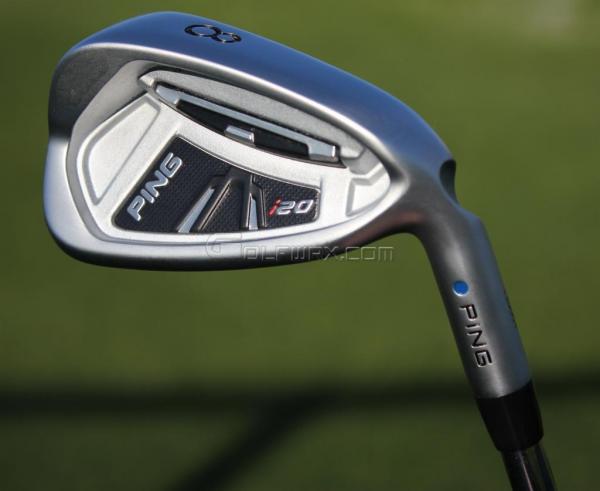
GolfWRX Exclusive! An In-Depth, First-Hand Look at the New Lineup
By GolfWRX editor beruo
ust a few short days after PING announced the G20 irons, interest immediately shifted over to what the i20s might hold. With nothing more than a low-quality TiVo’d screen capture of a wedge on a desk and lots of hearsay, WRXers speculated on what PING had up their sleeves. Last month PING had a few of us come down to put the rumors to rest and let us know exactly what we had to look forward to. And I gotta tell you, the buzz was warranted. Now, because of the interest generated on this site, PING is letting GolfWRX showcase the i20 lineup!
Click here to see more photos and read discussion in the forums… http://www.golfwrx.com/forums/topic/561705-very-first-look-at-the-ping-i20-irons/
IRONS
At first glance, the i20 irons are an obvious departure from the i-lines of the past. The most obvious of these changes are the use of the vertical custom tuning port (CTP) and stabilization bars in the cavity; carryovers from PING’s S56s. The stabilization bars help improve feel along with a thicker face in the impact area, while the vertical CTP construction allows for a lower center of gravity and different options for weight positioning.
Another key feature to the design of the i20s is PING’s blended set concept. As was the case with the i15s, the i20s are noticeably longer heel to toe in the long irons, gradually decreasing in size to the wedges. This time around, PING made the top rail thicker in the long irons transitioning toward a thinner topline in the wedges, dramatically increasing the MOI where golfers need it most.
Along with the tungsten weighting in the toe, these three features increase the MOI across the horizontal axis by about 3% throughout the set, and between 4% (PW) and 12% (3iron) more vertical axis forgiveness over the i15 irons. Given the greater headweight and smaller size that irons have compared to drivers, that increase is substantial. Basically, the i20 irons provide golfers a pitching wedge that has almost the same workability as the S56s with a 3 iron that’s even easier to hit than the i15 counterpart.
New to the i20s is the variable cavity pull construction. Here, PING moved the center of gravity down and toward the front in the wedges to give players a more piercing trajectory, progressively pulling the COG back to elevate ball flight in the long irons. This feature makes the clubs more user friendly while maintaining workable distance control throughout the set, prioritizing accuracy in the short irons and forgiveness in the long irons.
The last key design change in the latest i-iron, is the decreased moment of inertia around the shaft axis. In keeping with the varying nature of the blended set design and the cavity pull construction, PING decreased the axis MOI in the i20s by 14% in the 3 iron and 22% in the pitching wedge over the i15 irons (with the middling 7 iron coming in with a 20% decrease). This makes it easier for golfers to manipulate the club through rotation, working the ball left or right as needed, while not losing forgiveness off mishits.
To accommodate all these new features, the differences in how they’ll cause the ball to react, and the adjustments that golfers may make, PING adjusted the sole design so that turf interaction wouldn’t detract from the clubs’ utility. Changes include more material in the heel to decrease digging, more bounce, a slightly blunted leading edge, and a little trailing edge relief. These changes were needed because when the lower the center of gravity is placed, the more the clubhead wants to deflect down into the ground when impacting the ball (which is why you don’t take divots on practice swings).
In standard PING fashion, the i20 irons will be available both lefty and righty in 3-9, PW, UW, SW, and LW configurations. The standard shaft offering will be PING’s proprietary CFS shaft.
For those new to this shaft, it’s based on the ZZ65, but has been expanded from the original hard stiff flex. One of the characteristics that made the ZZ65 unique was the thicker tip section, which reduced tip action at impact and flutter immediately after. In the Stiff flexed CFS, PING extended the tip by an inch to bring the stiffness to the current industry standard. Short irons get slightly less tip reinforcement to help with feel. The X-flex CFS shafts have a tip that is 1″ shorter and 5 grams heavier, while Regular and Soft Regular CFS shafts have no tip reinforcement to help activate the tip.
I am REALLY looking forward to these irons. My impressions were…very favorable.
The on-sale date is February 9th but golfers can pre-order through their local PING retailers starting January 1st
Per Ping press Release:
PING today unveiled the i20™ driver, fairway woods, hybrids, and irons, relying on innovation and custom engineering to ensure that every design attribute helps to optimize performance, right down to the color of the clubs’ finish.
“In the i20 series, we’ve combined workability, distance and forgiveness with the goal to make any golfer a more versatile and complete player,” said John A. Solheim, PING Chairman & CEO. “We’ve engineered the i20s with a solid feel and generous forgiveness but also a degree of workability for the player who wants full command of the clubface for controlling trajectory and shot shape. Anyone who is passionate about their game is going to be very confident and capable with this game-improvement technology.”
In the multi-metal irons, a progressive set design features long irons that are slightly larger, high launching and more forgiving. The smaller short irons feature less offset and provide exceptional control. Distance control, a key to consistent iron play, was a priority in the irons’ design, Solheim said. “The stabilizing bars and the thicker face offer great feel and ensure that golfers can hit to precise yardages. Distance control is an absolute must for better players, but precision is going to help anyone lower their scores.”
i20™ Irons
Multi-metal technology in a progressive set design. The long irons are slightly larger, high launching, and more forgiving. The smaller short irons feature less offset and provide exceptional control. Stabilizing bars and a thicker face ensure precise distance control and a solid feel. Tungsten toe weights in the 17-4 stainless steel heads elevate forgiveness. An innovative design gives golfers full command of the clubface for controlling trajectory and shot shape. A low-glare satin chrome finish and ferrule offer a clean, high-performance look. Combined with PING’s new CFS (Control, Feel, Stability) steel shaft, the i20 optimizes feel and trajectories.-Available 3-9, PW, UW, SW, LW
-Stock steel shaft: PING® CFS® (Soft R, R, S and X flexes)
-Stock graphite shaft: TFC 169i (L, Soft R, R and S flexes)
-U.S. MSRP: $110 per club w/steel shaft; $137.50 per club w/graphite shaft.
Click here to see more photos and read discussion in the forums… http://www.golfwrx.com/forums/topic/561705-very-first-look-at-the-ping-i20-irons/
- LIKE2
- LEGIT0
- WOW0
- LOL0
- IDHT0
- FLOP0
- OB0
- SHANK0
Whats in the Bag
Drew Brees WITB 2024 (April)
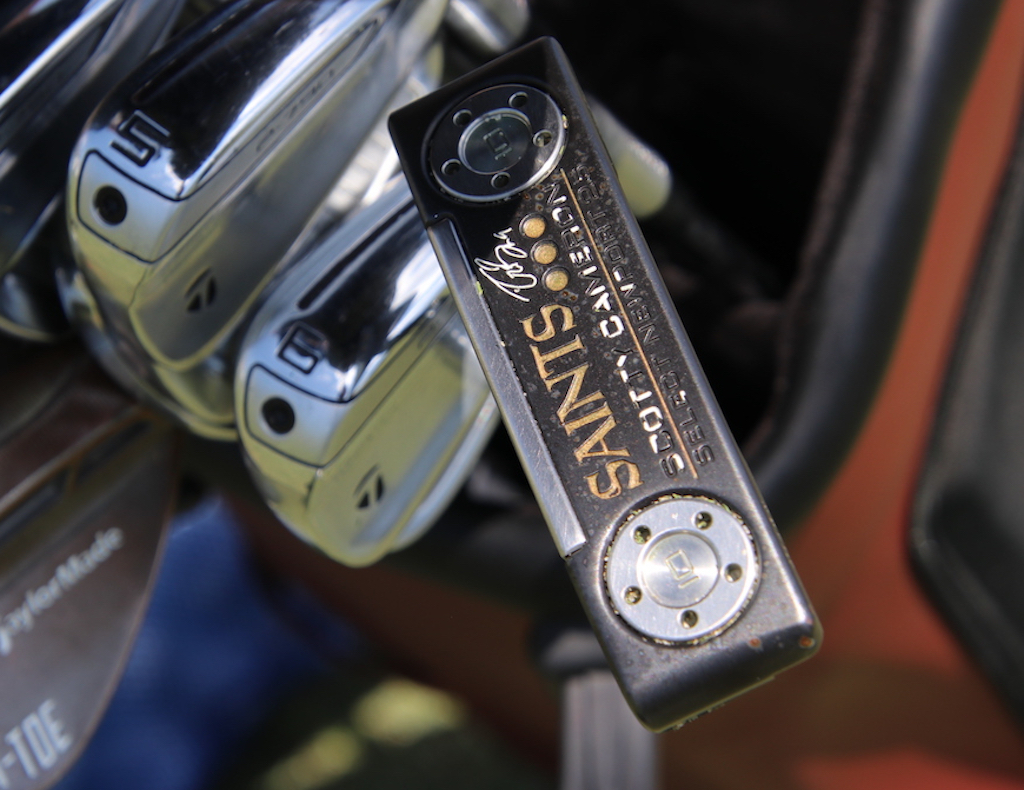
View this post on Instagram
Driver: TaylorMade Stealth 2 Plus (10.5 degrees)
Mini driver: TaylorMade BRNR Mini Copper (13.5 degrees)
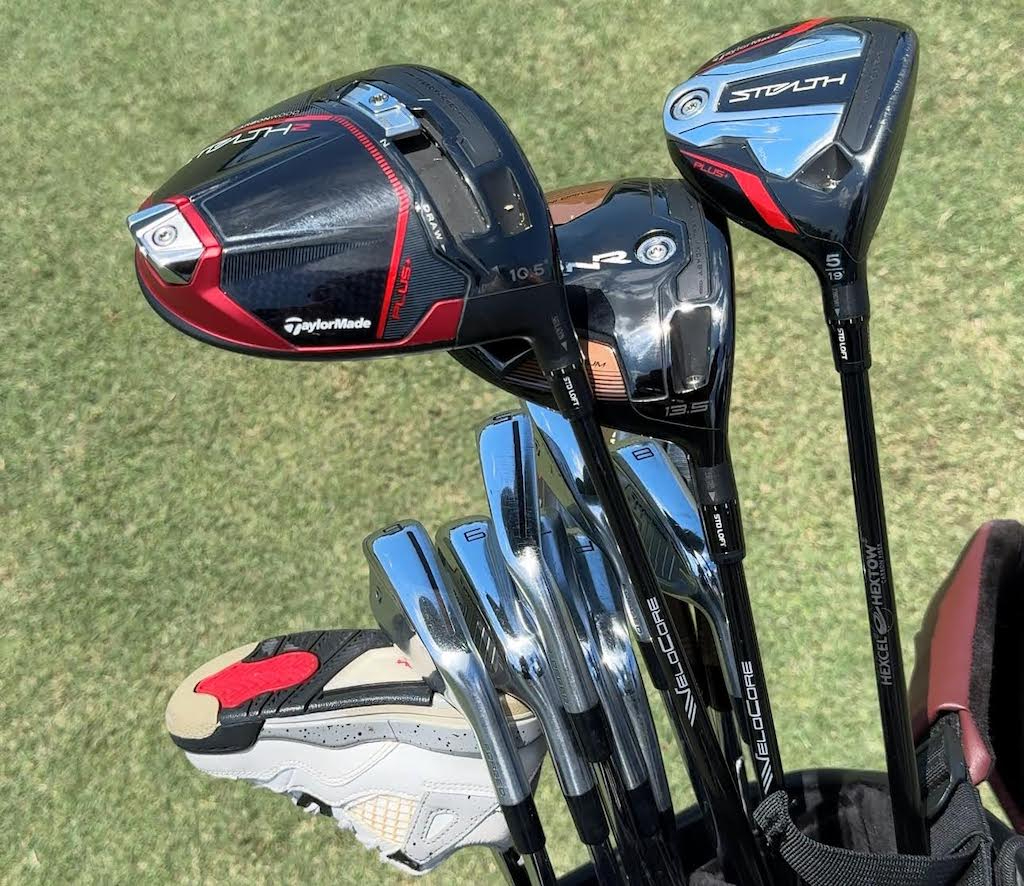
5-wood: TaylorMade Stealth Plus (19 degrees)
Irons: TaylorMade P790 (4-8, PW), TaylorMade P760 (9)
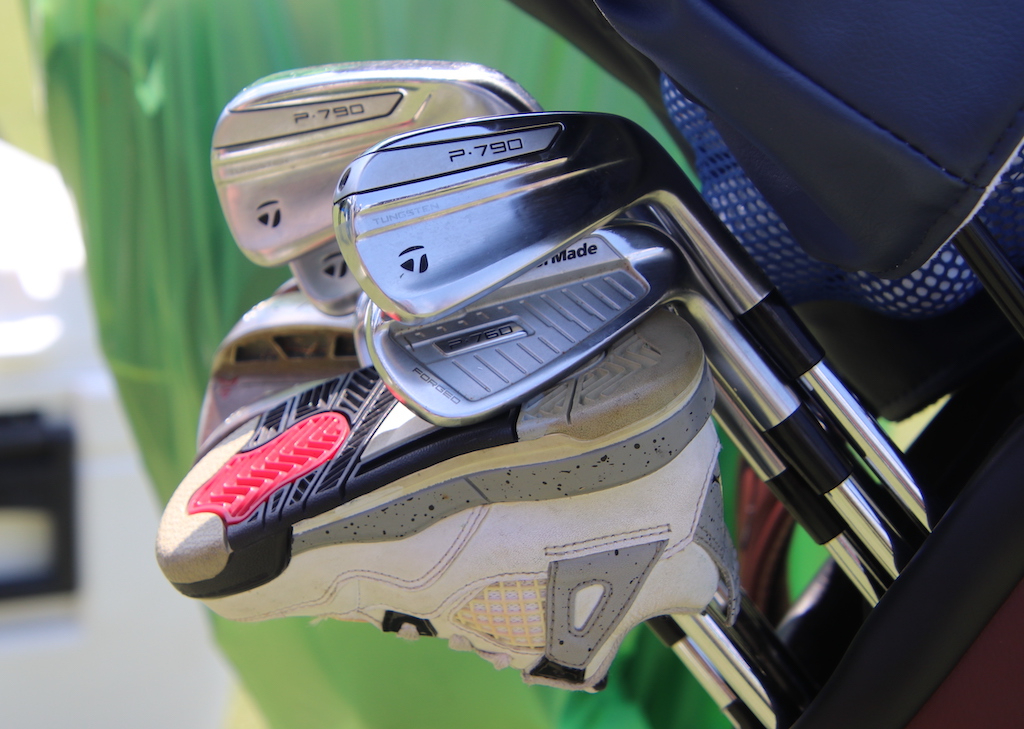
Wedges: TaylorMade MG Hi-Toe (52-09, 56-10, 60)
Putter: Scotty Cameron Select Newport 2 Prototype

Check out more in-hand photos of Drew Brees’ clubs here.
- LIKE0
- LEGIT0
- WOW0
- LOL0
- IDHT0
- FLOP0
- OB0
- SHANK0
Equipment
Putter Roundup: 2024 Zurich Classic of New Orleans
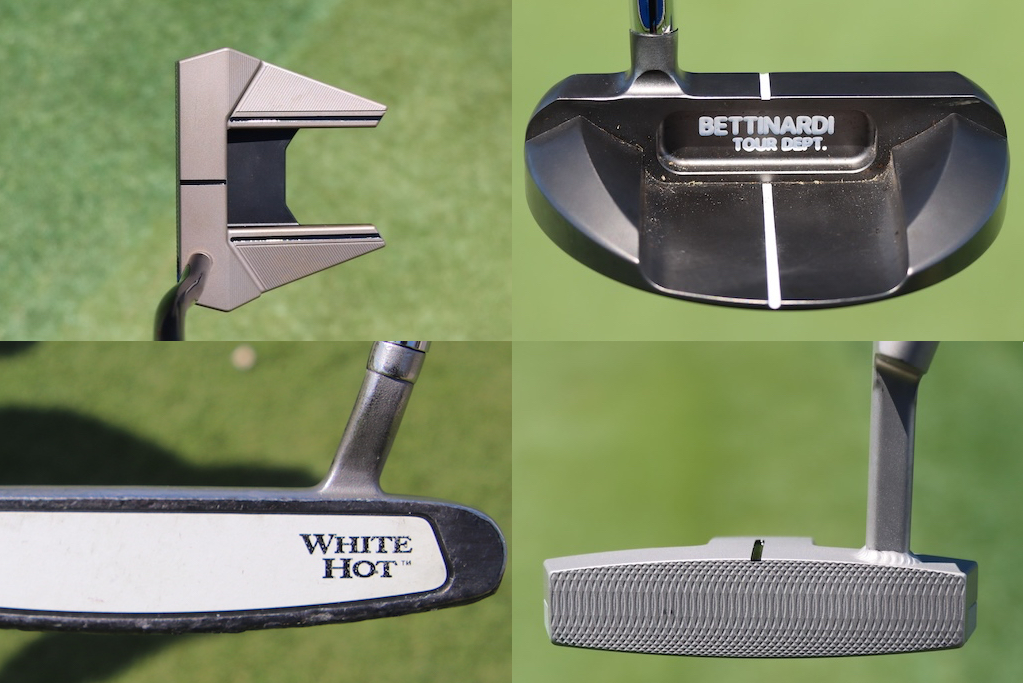
We always get some great photos of some phenomenal putters at tour events and love to share them. Here are a few from the 2024 Zurich Classic that caught our eye and seemed interesting. (And as a reminder, you can check out all our photos from New Orleans here)
MJ Daffue’s Scotty Cameron T-11 Prototype
MJ is going with the new Scotty Cameron T-11 Prototype this week. The putter is a multi-piece mallet that puts an emphasis on stability with the wings on the back. Daffue’s putter does have a design that differs from retail with a monotone finish, which eliminates the black paint on the aluminum parts that we see at retail. He also has a half siteline milled into the top and an L-neck welded on for some additional toe hang. The face features a deeper milling that should offer a softer feel and slightly quieter sound.
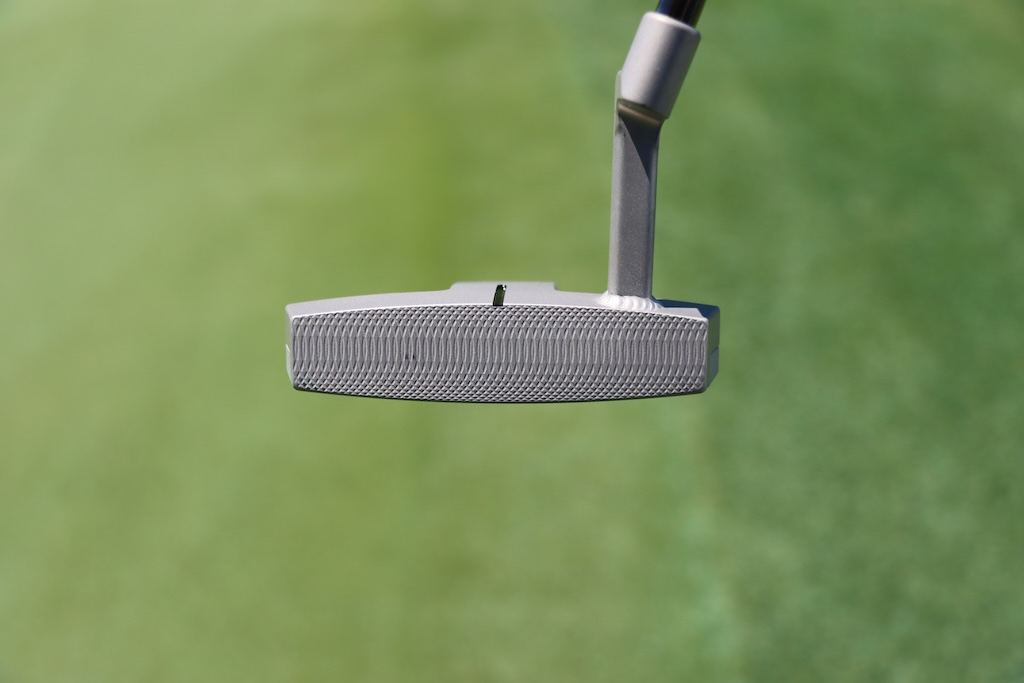
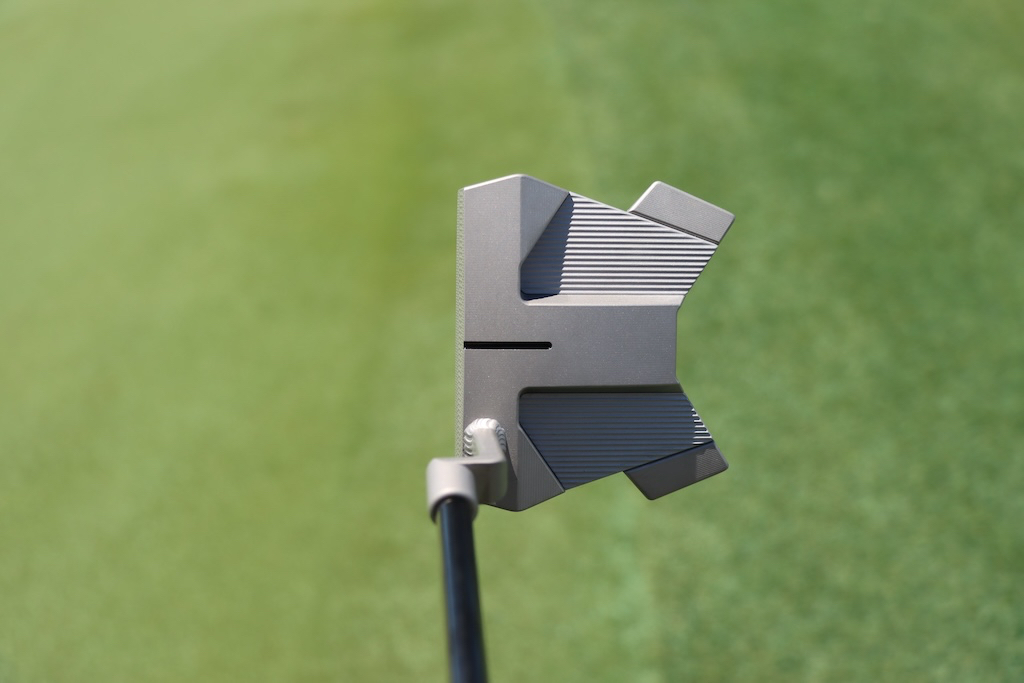
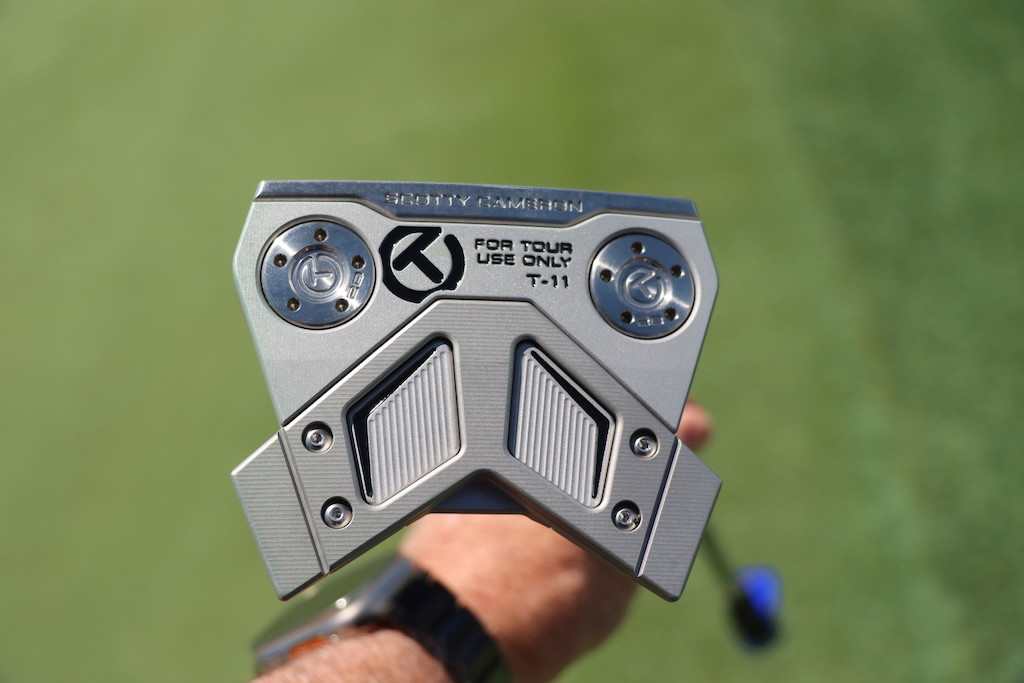
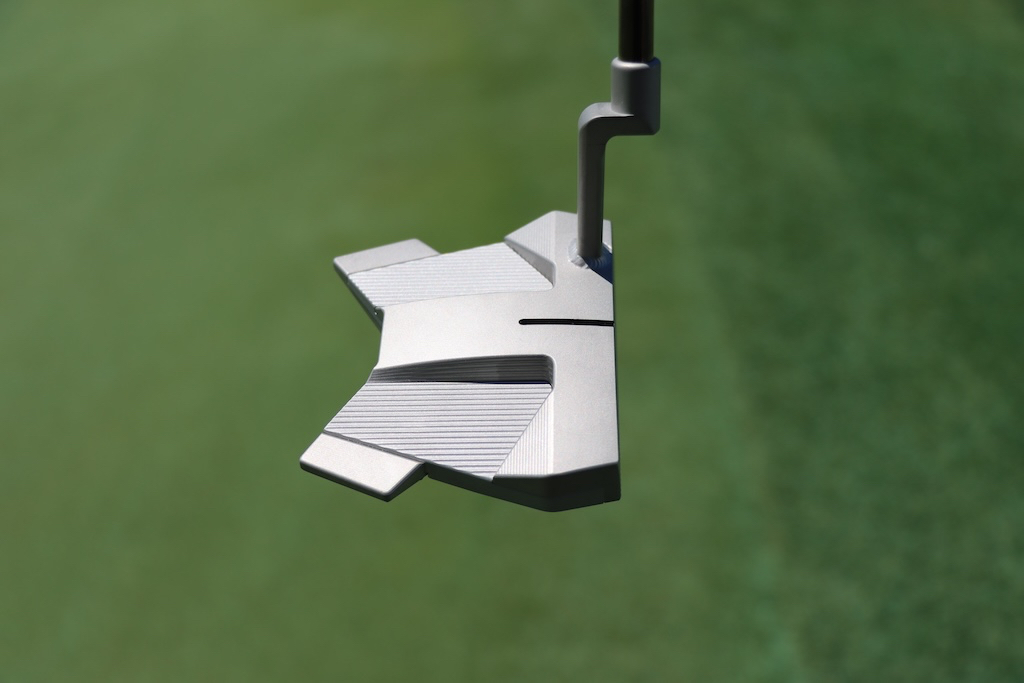
Scotty Cameron T-7.5 Prototype
We spotted a few different Scotty Cameron Phantom models with modified rear flanges. It looks like the straight black flange was cut into a half circle for a little softer look at address. On this T-7.5, you can still see the raw aluminum from the back view, so this might have been a last-minute job to get them out on tour. The semi-circle also has a white line on it, maybe to frame the ball differently.
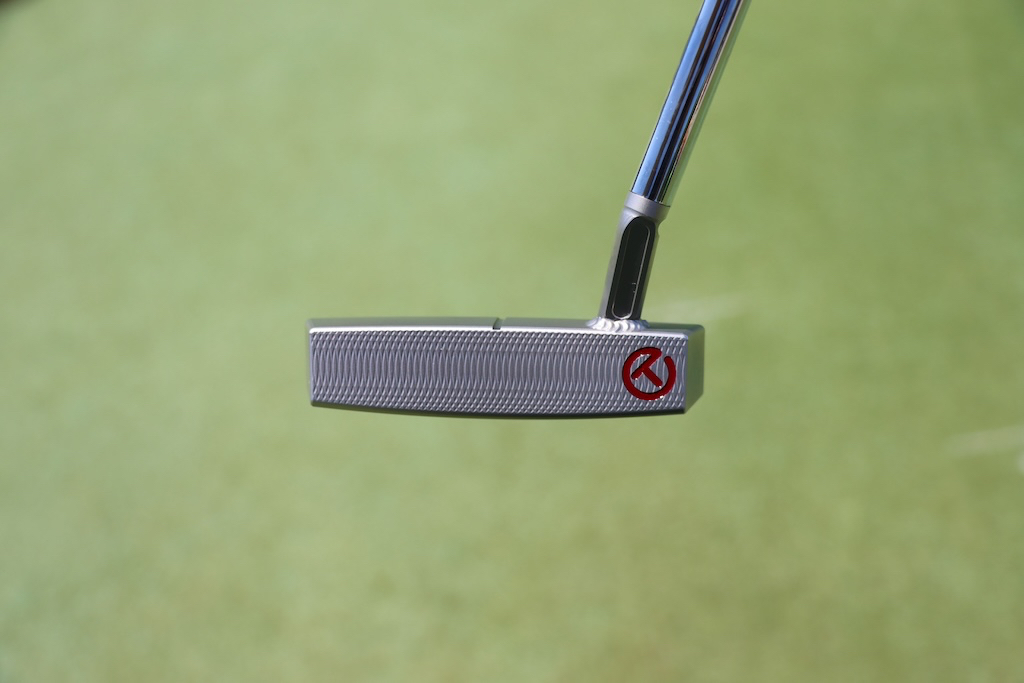
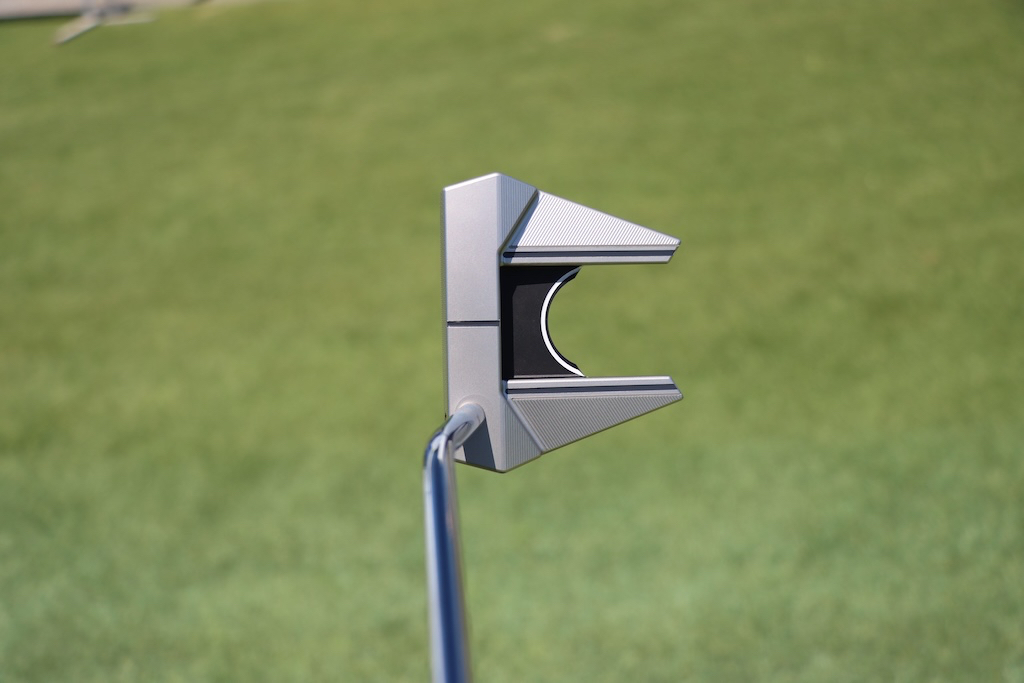
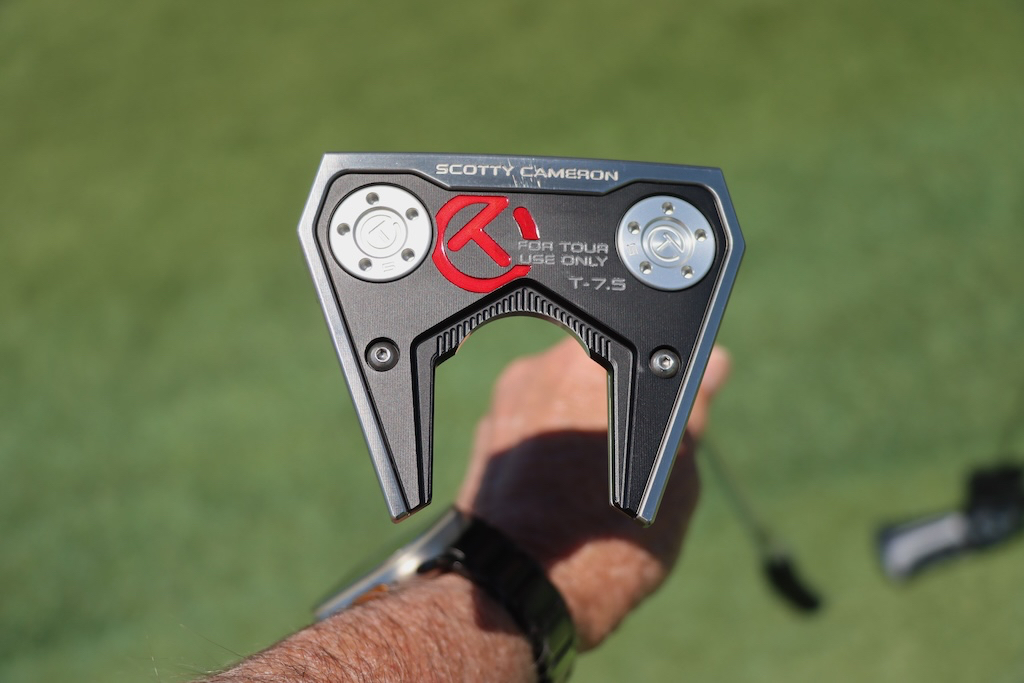
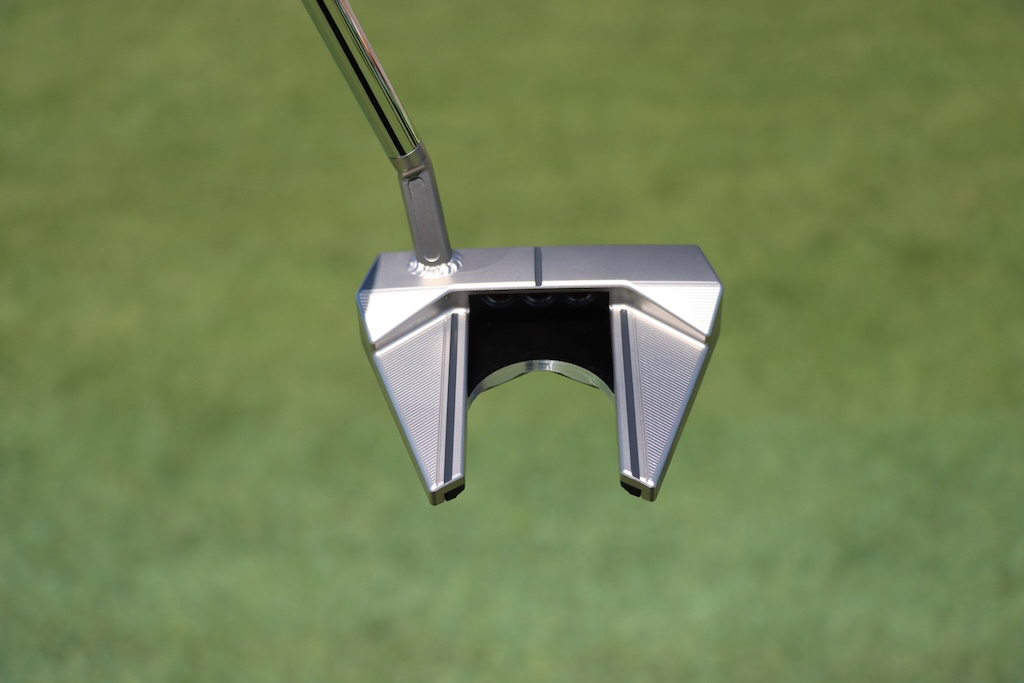
Alex Fitzpatrick’s Bettinardi SS16 DASS
Alex’s SS16 is made from Bettinardi’s famous D.A.S.S., or double-aged stainless steel, for a softer and more responsive feel. The face has a unique diamond pattern milling and features a logo that I feel like I have seen before, but can’t put a name to. The putter is a classic mid-mallet style with a simple, single white siteline on the top. The sole is clean with just the SS16, DASS, and a green triangle logo on it.
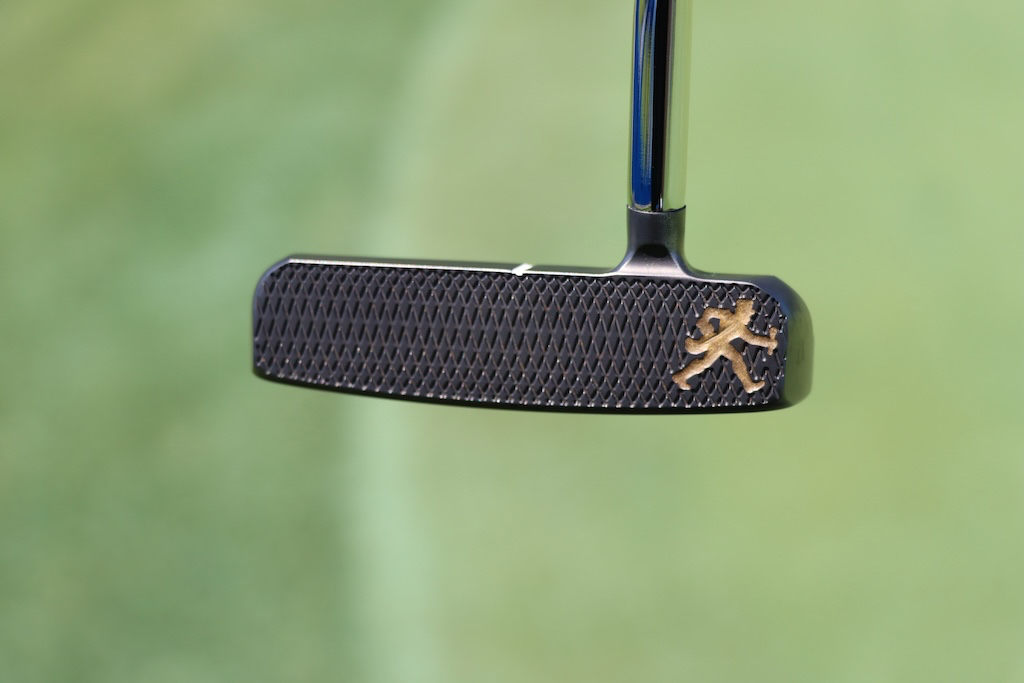
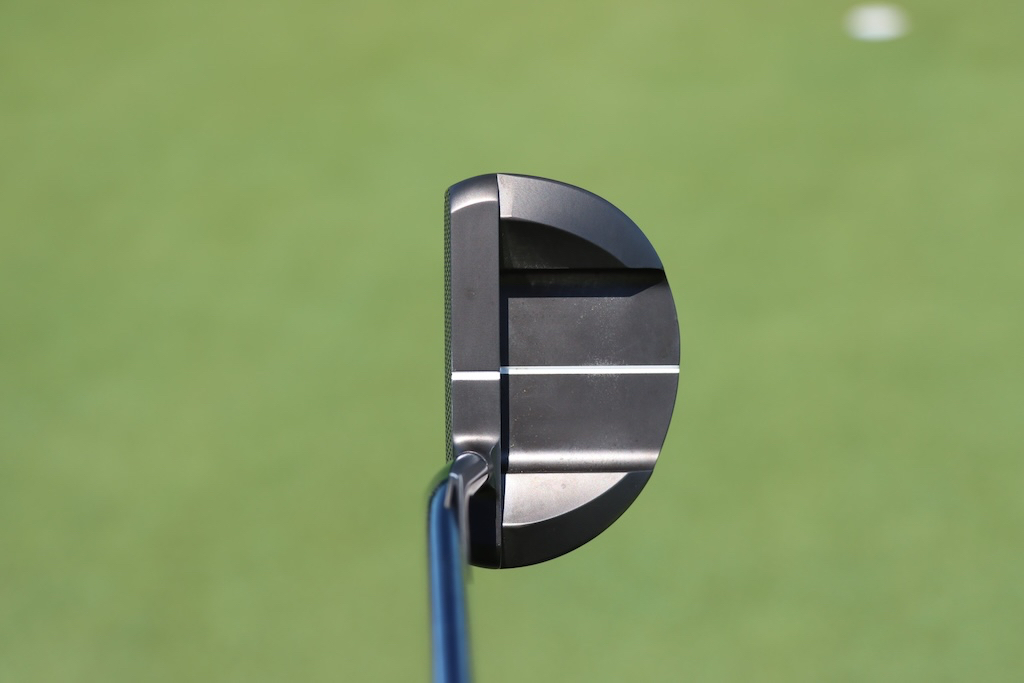

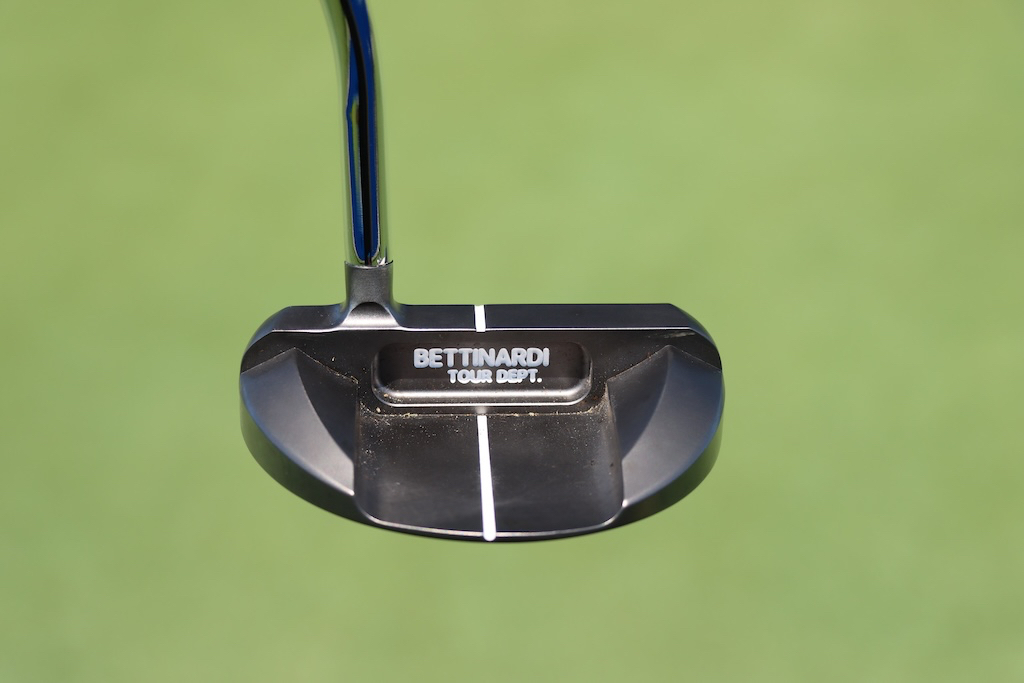
Steve Stricker’s Odyssey White Hot No. 2
This putter has made some amazing putts in its long career! Stricker’s White Hot No. 2 might be in the top 10 of most famous putters in golf. When you see all the dents and lead tape, you know the heel will be up and it will be sinking putts! The soft White Hot insert looks to be in good shape and has less wear on it than the rest of the putter. We don’t know how much lead tape is on the sole, but it has to be multiple layers compacted down over the years.
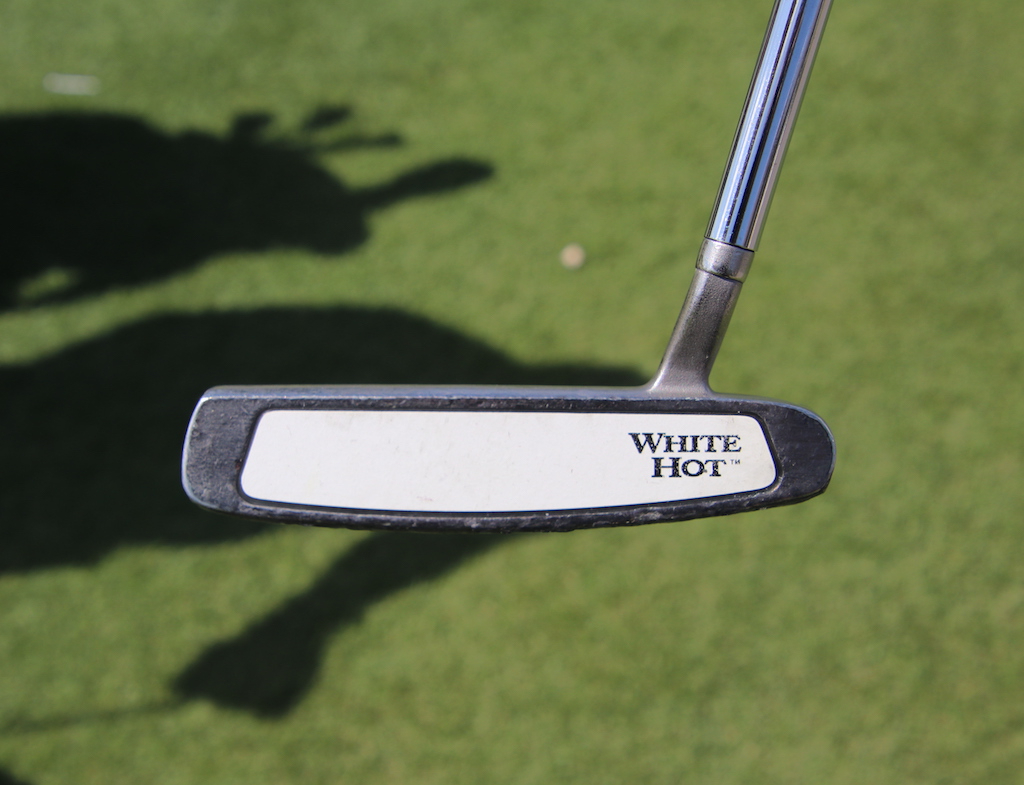


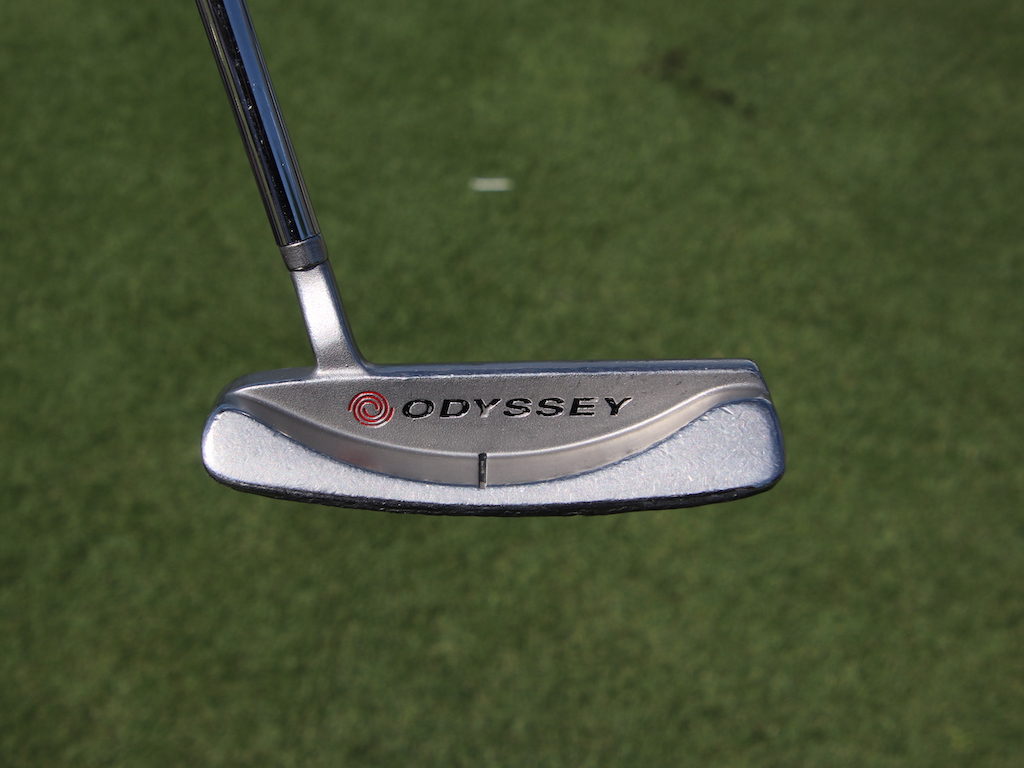
Doug Ghim’s Scotty Cameron T-7 Prototype
This T-7 should win the award for “best color finish” in this list with its deep chromatic bronze. It looks like Scotty added a cherry bomb dot to the heel of the deep-milled face and filled it with a very dark blue paint. The rest of the putter looks pretty stock with its single site line on the topline and twin site lines down the “fangs” of the putter. Twin 5-gram weights are installed in the sole and the putter is finished off with a gloss black double bend shaft with a fill shaft offset.
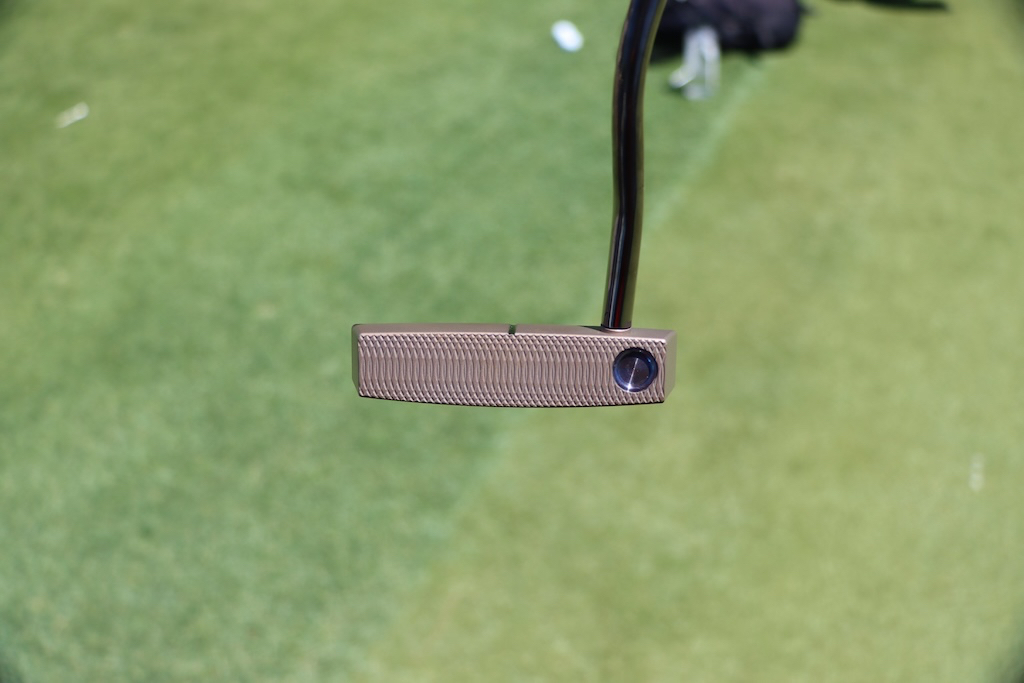
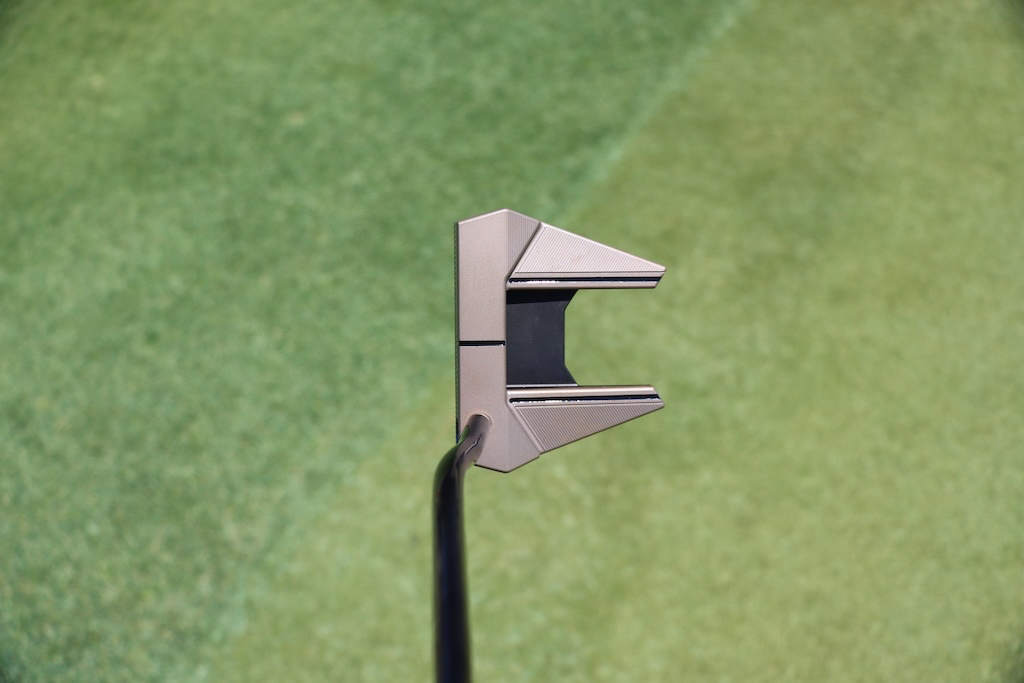
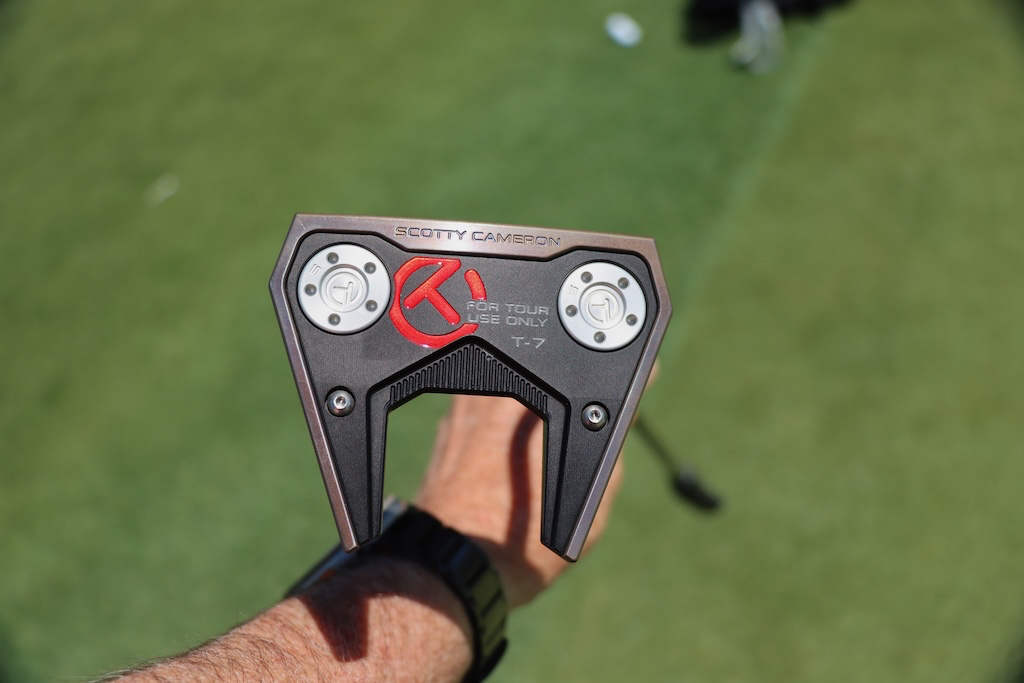
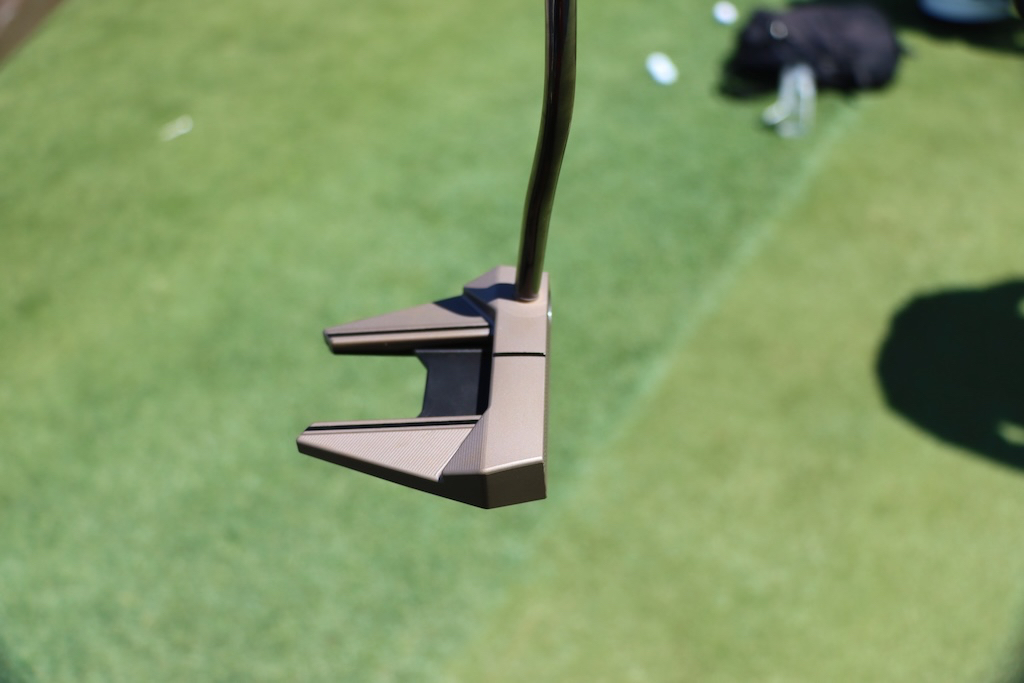
- Check out the rest of our photos from the 2024 Zurich Classic
- LIKE1
- LEGIT0
- WOW0
- LOL0
- IDHT0
- FLOP0
- OB0
- SHANK0
Equipment
Spotted: Project X Denali hybrid shaft
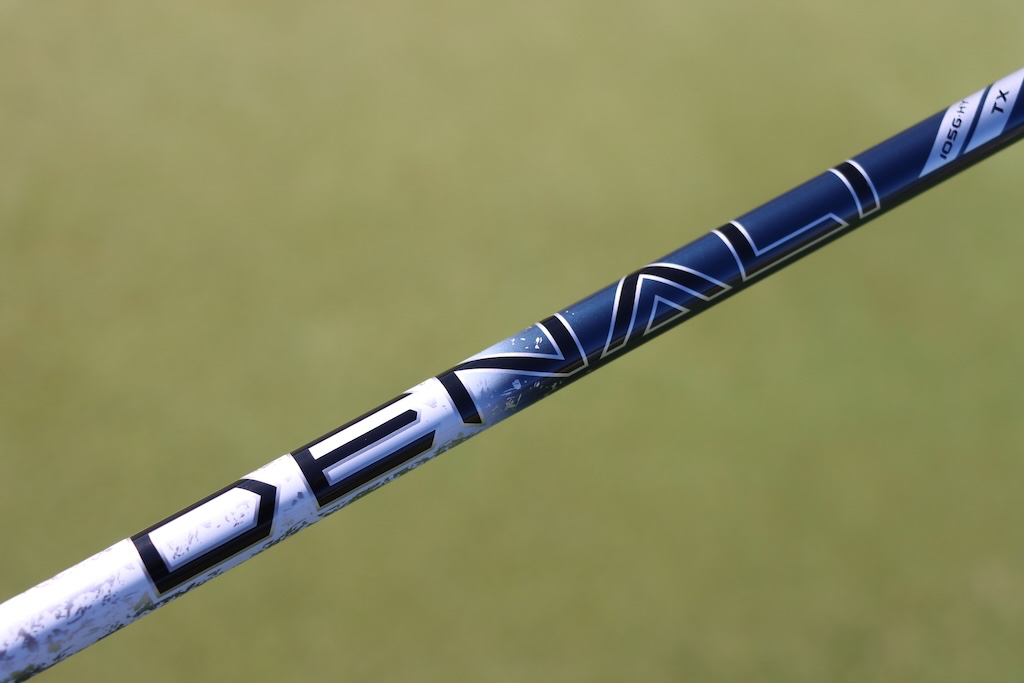
Project X’s Denali wood shafts have been seen in more and more golf bags this year as we start off the season. As a refresher, Denali Blue is the mid-launch and mid-spin model while Denali Black is for players seeking lower launch and spin.
Denali combines great feel with stability and increased ball speed. Currently, Project X only offers Denali Blue and Black in wood shafts, but we spotted a hybrid shaft in Daniel Berger’s bag at the 2024 Zurich Classic.
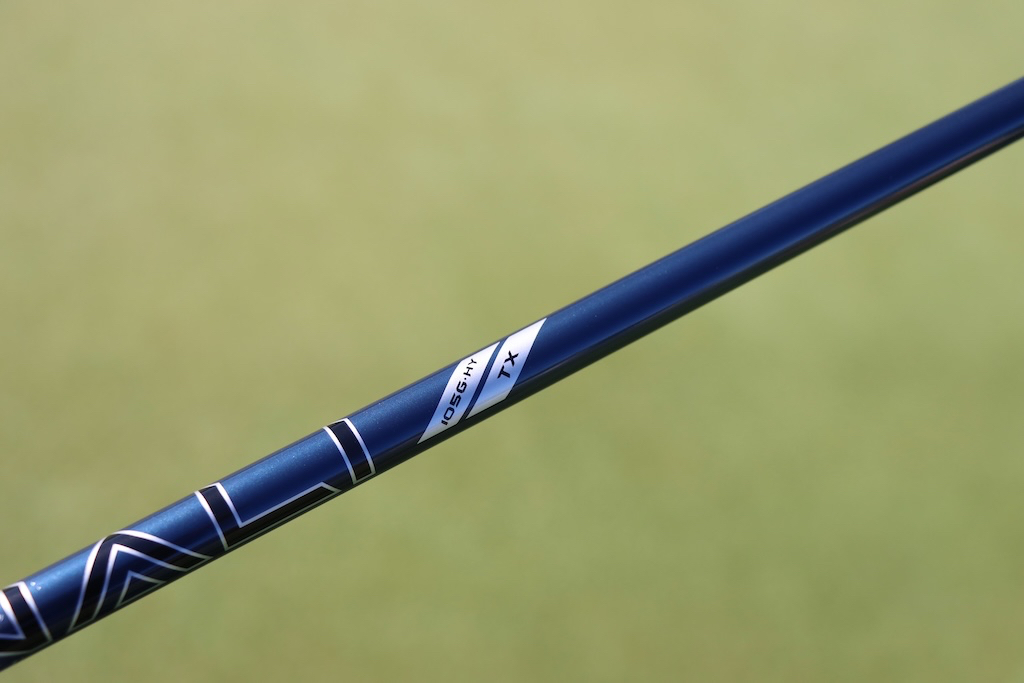
The shaft looks to be a Denali Blue 105G – HY in TX flex. No word on details from Project X yet but we can assume that this is a mid-launching shaft that weighs around 105 grams in Tour X-Stiff flex.
Berger has this shaft in his TaylorMade P770 3-iron, likely for some added launch and spin to hold the green from longer distances.
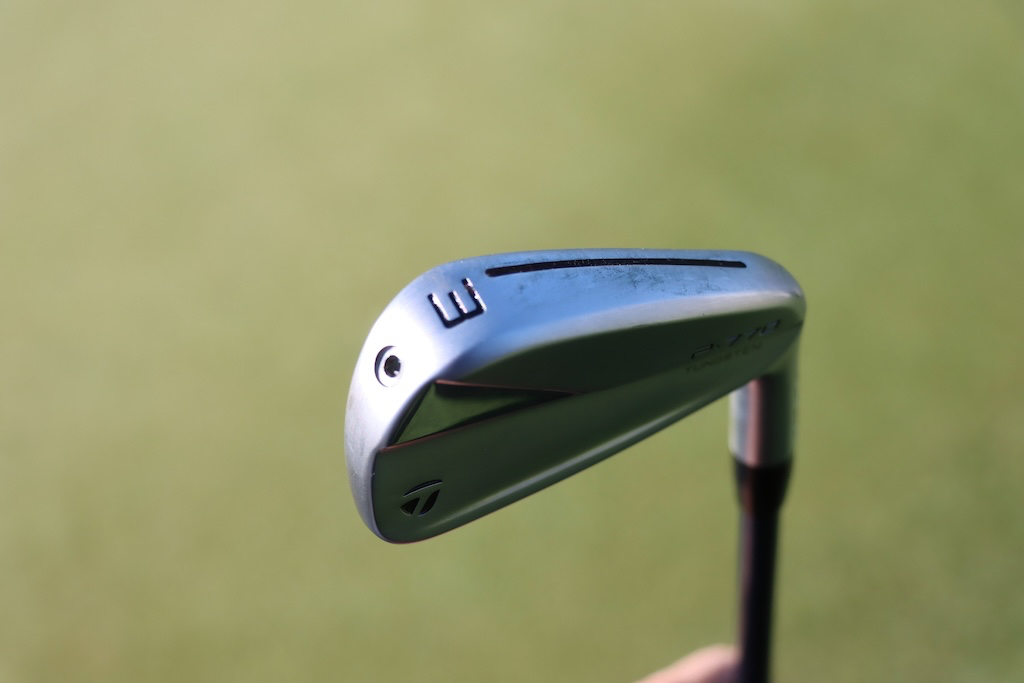
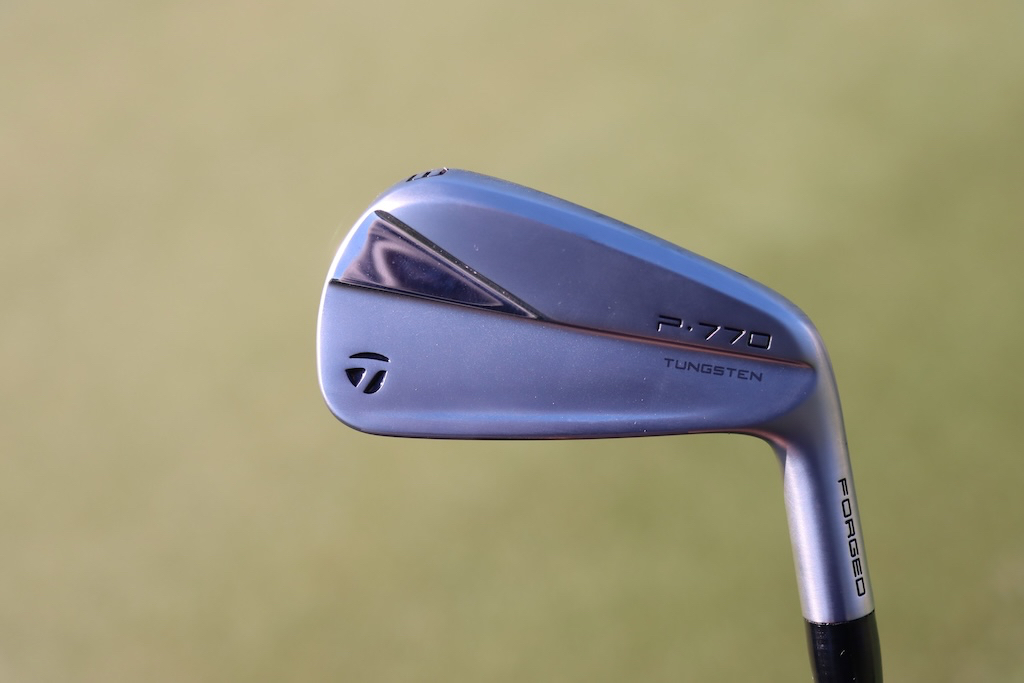
Hopefully, this means we will see some more shafts coming under the Denali name in the future, as I think many of us would like to try one in a hybrid or utility iron!
- Check out the rest of our photos from the 2024 Zurich Classic
- Check out in-hand photos of Daniel Berger’s full WITB here.
- LIKE0
- LEGIT0
- WOW0
- LOL0
- IDHT0
- FLOP0
- OB0
- SHANK0
-

 19th Hole2 weeks ago
19th Hole2 weeks agoDave Portnoy places monstrous outright bet for the 2024 Masters
-

 19th Hole3 days ago
19th Hole3 days agoJustin Thomas on the equipment choice of Scottie Scheffler that he thinks is ‘weird’
-

 19th Hole2 weeks ago
19th Hole2 weeks agoTiger Woods arrives at 2024 Masters equipped with a putter that may surprise you
-

 19th Hole3 days ago
19th Hole3 days ago‘Absolutely crazy’ – Major champ lays into Patrick Cantlay over his decision on final hole of RBC Heritage
-

 19th Hole2 weeks ago
19th Hole2 weeks agoTwo star names reportedly blanked Jon Rahm all week at the Masters
-

 19th Hole1 week ago
19th Hole1 week agoReport: LIV Golf identifies latest star name they hope to sign to breakaway tour
-

 19th Hole1 week ago
19th Hole1 week agoNeal Shipley presser ends in awkward fashion after reporter claims Tiger handed him note on 8th fairway
-

 19th Hole1 week ago
19th Hole1 week agoBrandel Chamblee has ‘no doubt’ who started the McIlroy/LIV rumor and why

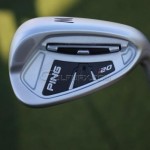
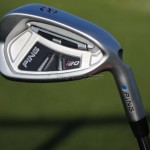
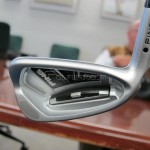
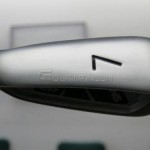
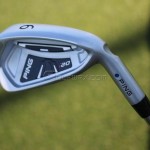
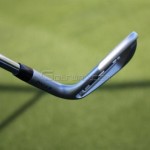
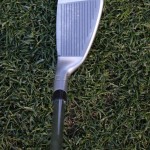
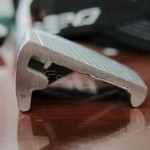















bobby
Jan 5, 2012 at 12:52 am
WOW! Ping irons with no perceptible offset! I never thought I would live to see the day! Now I may actually buy a set of these i20 irons. These look very nice indeed.
Jeff
Jan 4, 2012 at 1:26 pm
Looking at the specs for these clubs, it looks like Ping did away with most of the offset that the i15 had. I’m currently looking for new clubs while playing the Ping ISI and playing to a 10 handicap. How much will the change in offset impact my game, does it really have that much of an impact on contact? Or is it something I’ll get used to rather quickly?
g-train
Jan 2, 2012 at 9:59 pm
continuing the theme of nike and ping looking better than the other oem’s
so much for being the ugly ducklings pfft ,alot of people with egg on their face..and great article,thanks
pity we cant do that in australia